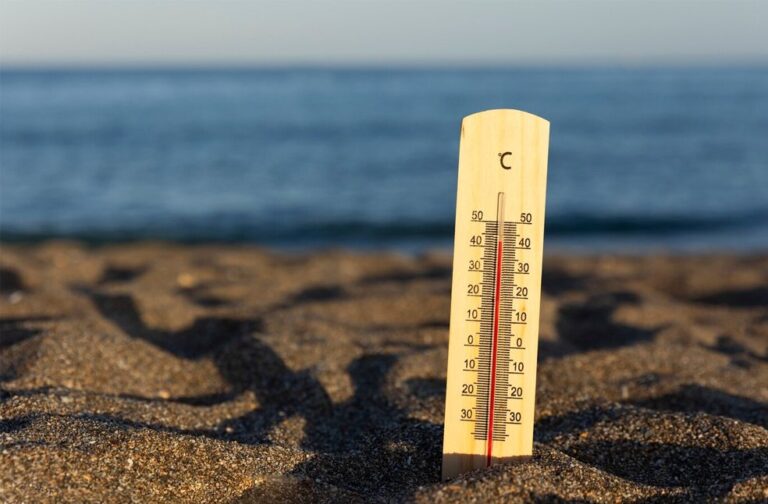New Delhi: India’s Meteorological Department (IMD) has issued a heat warning for several northern and central states, including the capital Delhi, as temperatures are expected to exceed 40°C this week.
States like Haryana, Punjab, Rajasthan, and Gujarat are under a yellow alert, which signals tolerable heat for the general public but potential moderate health risks for vulnerable groups like infants, elderly individuals, and those with chronic illnesses.
While heat waves are typical in northern India between April and June, experts note that climate change has accelerated their arrival and intensified their impact.
In Delhi, the temperature is forecast to hit 41°C after reaching 38.2°C on Sunday, 6th of April. Citizens are being advised to avoid heat exposure, wear lightweight, breathable cotton clothing, and protect their heads with a cloth or umbrella when outside.
Sub-Divisionwise Weather warning for Heat Wave (07 April, 2025)
Heat wave to severe Heat wave conditions very likely in some parts of Saurashtra & Kutch; in isolated pockets of Rajasthan; Heat wave conditions in isolated pockets of West Madhya Pradesh, Haryana, Gujarat Region.… pic.twitter.com/2dL26R0afh
— India Meteorological Department (@Indiametdept) April 7, 2025
According to IMD chief Mrutyunjay Mohapatra, most of India is likely to experience above-normal temperatures this summer. He said areas like Uttar Pradesh, Jharkhand, Chhattisgarh, and Odisha could see 10 to 11 heatwave days, which is 2–4 days more than average for this time of year.
Mahesh Palawat, Vice President of Meteorology and Climate Change at Skymet, explained that India is witnessing a shrinking spring season, leading to an abrupt shift from winter to summer. He added that slowing wind speeds and clear skies in the coming days would further drive temperatures upward.
In 2024, India faced one of its most extreme heatwaves, with Rajasthan recording the hottest day ever at 50.5°C. A weather station in Delhi briefly reported 52.9°C, though this was later adjusted down by 3°C due to a sensor error.
Official records show nearly 150 heat-related deaths, but independent researchers estimate that the actual death toll was significantly higher. Over 40,000 suspected heatstroke cases were reported during the same period.



